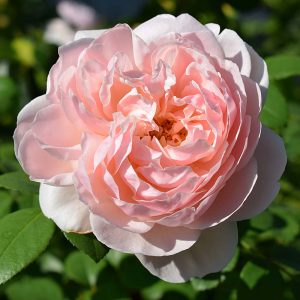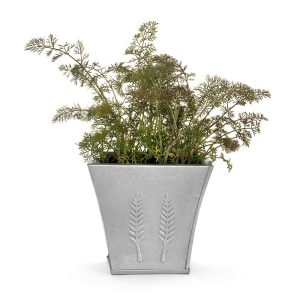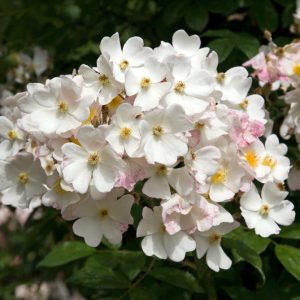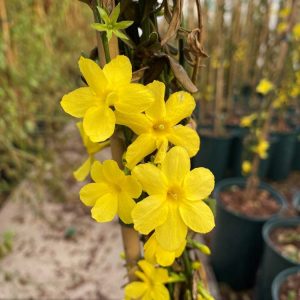Description
Lonicera periclymenum, commonly known as honeysuckle, is a twining deciduous climber with highly fragrant, tubular flowers in shades of pink, yellow and white, which appear from late spring through to midsummer. The flowers are followed by red berries in autumn that are loved by birds. The leaves are dark green and ovate, and the plant can grow up to 7 meters tall if left unpruned. Honeysuckle is a great choice for covering walls, trellises, and fences, and it can also be grown as a ground cover. It prefers a sunny to partially shaded spot and moist, well-drained soil. Pruning should be done after flowering to keep the plant looking neat and tidy.
Key Facts
- Common Name(s):Early Dutch honeysuckle
- Hardiness:Fully hardy
- How big will I get? Lonicera periclymenum ‘Belgica’ can grow to a height of 7m and a spread of 1m.
- Did You Know That:Lonicera periclymenum is also known as woodbine, a name that derives from its tendency to twine around other plants and trees?
Plant Calendar
A rough guide to how this plant will change through the year.
| Jan | Feb | Mar | Apr | May | June | July | Aug | Sept | Oct | Nov | Dec | |
| Flowering Time |   |
  |
||||||||||
| Foliage Colour |  |
 |
 |
 |
 |
 |
 |
 |
 |
| J | F | M | A | M | J | J | A | S | O | N | D |
  |
  |
||||||||||
 |
 |
 |
 |
 |
 |
 |
 |
 |
Care Guide

Soil Requirements
Lonicera periclymenum ‘Belgica’ prefers moist but well-draining soil. This plant can grow in soil with a wide range of pH levels, it is not picky about the pH level of the soil.
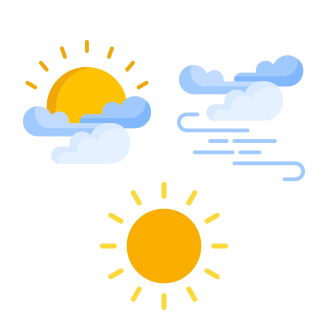
Best Position
Lonicera periclymenum ‘Belgica’ can handle either an exposed or a sheltered position and can cope with either full sun or partial shade.

Maintenance
Lonicera periclymenum ‘Belgica’ is a fast growing vine and although it does not necessarily require pruning, it will need trimming if you want to keep it compact, or any smaller than its maximum size. It can be trimmed as required with as much length removed off of the longest shoots as needed.

Pest, Diseases and Wildlife
Lonicera periclymenum ‘Belgica’ can have problems with aphids and thrips, it can be vulnerable to certain diseases such as powdery mildews, leaf spot and silver leaf. It is also known to attract bees, butterflies, birds and other pollinators. It is toxic to cats, dogs, horses and people.


